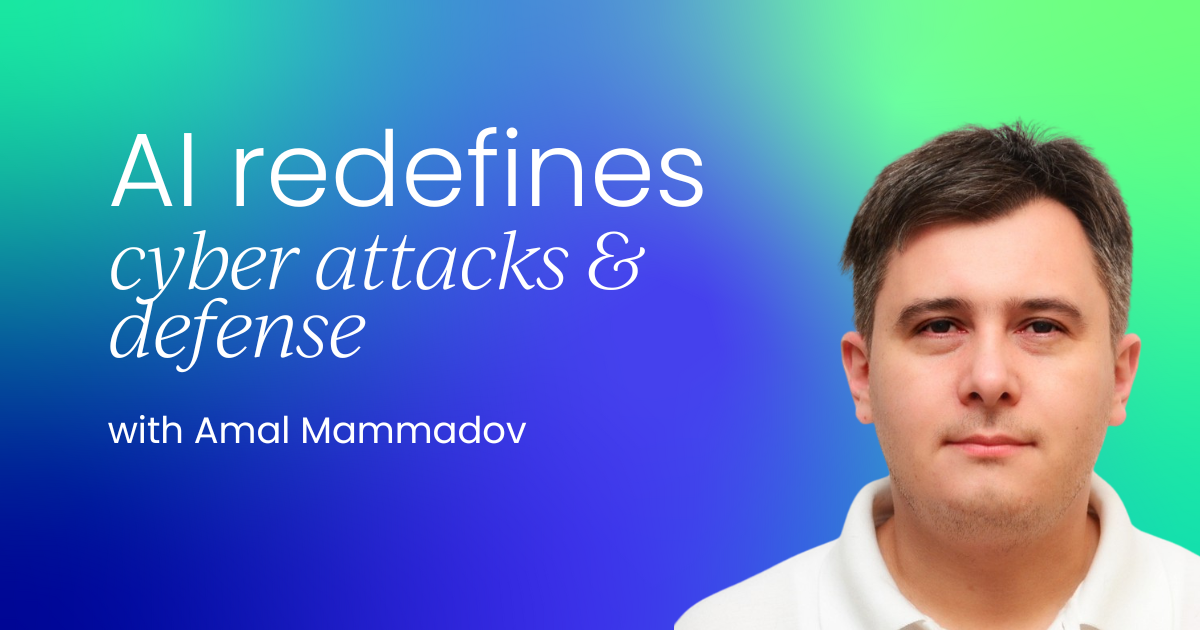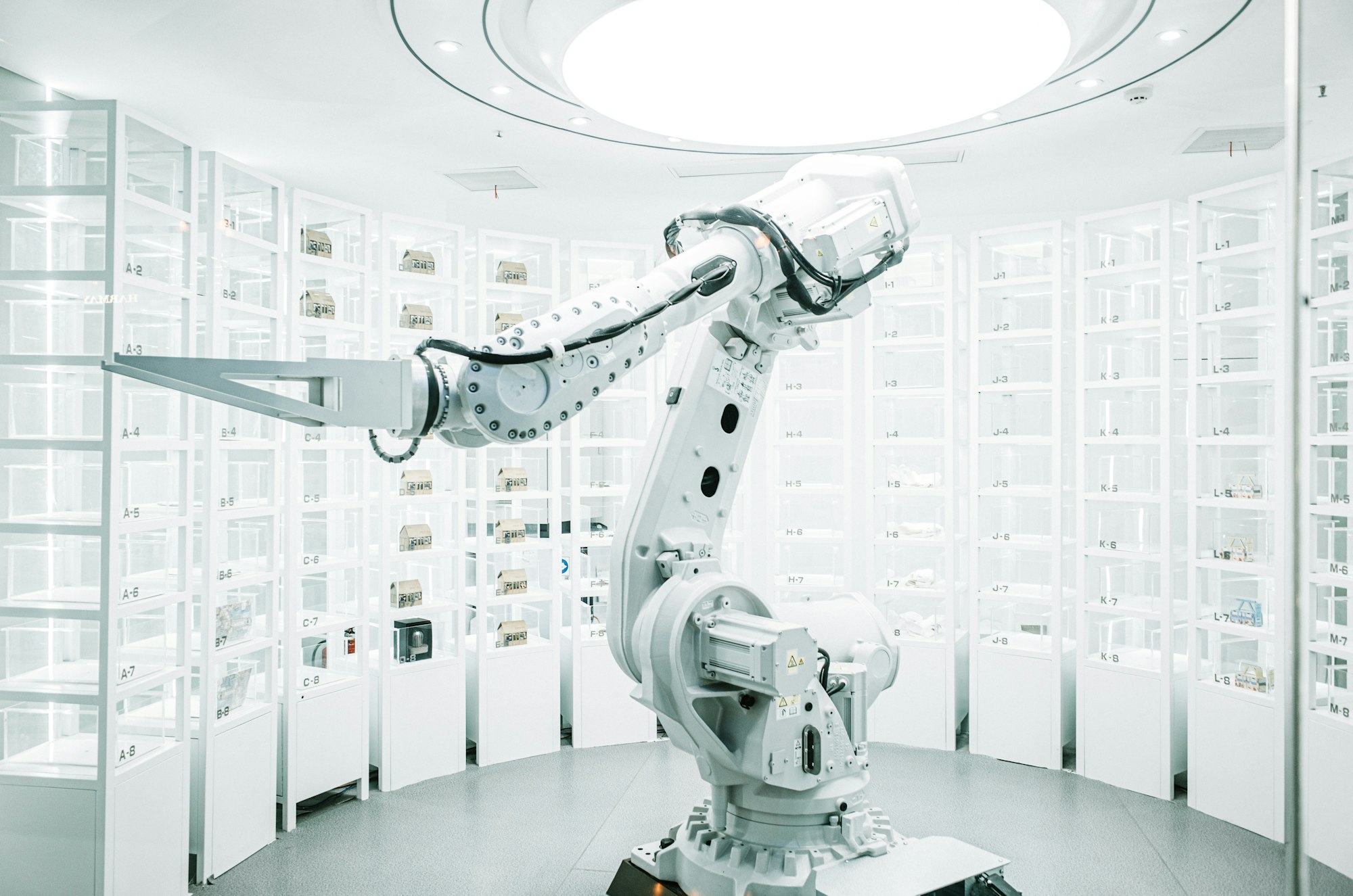
As AI reshapes every aspect of digital infrastructure, cybersecurity has emerged as the most critical battleground where AI serves as both weapon and shield.
The cybersecurity landscape in 2025 represents an unprecedented escalation in technological warfare, where the same AI capabilities that enhance organizational defenses are simultaneously being weaponized by malicious actors to create more sophisticated, automated, and evasive attacks.
The stakes have never been higher. Recent data from the CFO reveals that 87% of global organizations faced AI-powered cyberattacks in the past year, while the AI cybersecurity market is projected to reach $82.56 billion by 2029, growing at a compound annual growth rate of 28% .
This explosive growth reflects not just market opportunity, but an urgent response to threats that are evolving faster than traditional security measures can adapt.
Part 1: Adversaries in the age of AI
Cyber adversaries have found a powerful new weapon in AI, and they’re using it to rewrite the offensive playbook. The game has changed, with attacks now defined by automated deception, hyper-realistic social engineering, and intelligent malware that thinks for itself.
The industrialization of deception
The old security advice – “spot the typo, spot the scam” – is officially dead. Generative AI now crafts flawless, hyper-personalized phishing emails, texts, and voice messages that are devastatingly effective.
The numbers tell a chilling story: AI-generated phishing emails boast a 54% click-through rate, dwarfing the 12% from human-written messages. Meanwhile, an estimated 80% of voice phishing (vishing) attacks now use AI to clone voices, making it nearly impossible to trust your own ears.

This danger is not theoretical. Consider the Hong Kong finance employee who, in 2024, was tricked into transferring $25 million after a video conference where every single participant, including the company’s CFO, was an AI-generated deepfake.
In another cunning campaign, a threat group dubbed UNC6032 built fake websites mimicking popular AI video generators, luring creators into downloading malware instead of trying a new tool. The result is the democratization of sophisticated attacks. Tools once reserved for nation-states are now in the hands of common cybercriminals, who can launch convincing, scalable campaigns with minimal effort.
Malware that thinks for itself
The threat extends beyond tricking humans to the malicious code itself. Attackers are unleashing polymorphic and metamorphic malware that uses AI to constantly change its own structure, making it a moving target for traditional signature-based defenses.
The BlackMatter ransomware, for example, uses AI to perform live analysis of a victim’s security tools and then adapts its encryption strategy on the fly to bypass them.
On the horizon, things look even more concerning. Researchers have already designed a conceptual AI-powered worm, “Morris II,” that can spread autonomously from one AI system to another by hiding malicious instructions in the data they process.
At the same time, AI is automating the grunt work of hacking. AI agents, trained with Deep Reinforcement Learning (DRL), can now autonomously probe networks, find vulnerabilities, and launch exploits, effectively replacing the need for a skilled human hacker.
Part 2: Fighting fire with fire: AI on cyber defense
But the defense is not standing still. A counter-revolution is underway, with security teams turning AI into a powerful force multiplier. The strategy is shifting from reacting to breaches to proactively predicting and neutralizing threats at machine speed.
Seeing attacks before they happen
The core advantage of defensive AI is its ability to process data at a scale and speed no human team can match. Instead of just looking for known threats, AI-powered systems create a baseline of normal behavior across a network and then hunt for tiny deviations that signal a hidden compromise.
This is how modern defenses catch novel, zero-day attacks. The most advanced systems are even moving from detection to prediction. By analyzing everything from global attack trends to dark web chatter, and new vulnerabilities, AI models can forecast where the next attack wave will hit, allowing organizations to patch vulnerabilities before they’re ever targeted.

Your newest teammate is an AI
The traditional Security Operations Center (SOC) – a room full of analysts drowning in a sea of alerts is becoming obsolete. In its place, the AI-driven SOC is rising, where AI automates the noise so humans can focus on what matters.
AI now handles alert triage, enriches incident data, and filters out the false positives that cause analyst burnout. We’re now seeing AI “agents” and “copilots” from vendors like Microsoft, CrowdStrike, and SentinelOne that act as true partners to security teams.
These AI assistants can autonomously investigate a phishing email, test its attachments in a sandbox, and quarantine every copy from the enterprise in seconds, all while keeping a human in the loop for the final say. This is more than an efficiency gain; it’s a strategic answer to the massive global shortage of cybersecurity talent.
Making zero trust a reality
AI is also the key to making the “never trust, always verify” principle of the Zero Trust security model a practical reality. Instead of static rules, AI enables dynamic, context-aware access controls.
It makes real-time decisions based on user behavior, device health, and data sensitivity, granting only the minimum privilege needed for the task at hand. This is especially vital for containing the new risks from the powerful but fundamentally naive AI agents that are beginning to roam corporate networks.
Part 3: The unseen battlefield: Securing the AI itself
For all the talk about using AI for security, we’re overlooking a more fundamental front in this war: securing the AI systems themselves. For the AIAI community – the architects of this technology – understanding these novel risks is not an option, it’s an operational imperative.
How AI can be corrupted
Machine learning models have an Achilles’ heel. Adversarial attacks exploit it by making tiny, often human-imperceptible changes to input data that cause a model to make a catastrophic error.
Think of a sticker that makes a self-driving car’s vision system misread a stop sign, or a slight tweak to a malware file that renders it invisible to an AI-powered antivirus. Data poisoning is even more sinister, as it involves corrupting a model’s training data to embed backdoors or simply degrade its performance.
A tool called “Nightshade” already allows artists to “poison” their online images, causing the AI models that scrape them for training to malfunction in bizarre ways.

The danger of autonomous agents
With agentic AI, autonomous systems that can reason, remember, and use tools – the stakes get much higher. An AI agent is the perfect “overprivileged and naive” insider.
It’s handed the keys to the kingdom – credentials, API access, permissions – but has no common sense, loyalty, or understanding of malicious intent. An attacker who can influence this agent has effectively recruited a powerful insider. This opens the door to new threats like:
- Memory poisoning: Subtly feeding an agent bad information over time to corrupt its future decisions.
- Tool misuse: Tricking an agent into using its legitimate tools for malicious ends, like making an API call to steal customer data.
- Privilege compromise: Hijacking an agent to exploit its permissions and move deeper into a network.
The need for AI red teams
Because AI vulnerabilities are so unpredictable, traditional testing methods fall short. The only way to find these flaws before an attacker does is through AI red teaming: the practice of simulating adversarial attacks to stress-test a system.
This is not a standard penetration test; it’s a specialized hunt for AI-specific weaknesses like prompt injections, data poisoning, and model theft. It’s a continuous process, essential for discovering the unknown unknowns in these complex, non-deterministic systems.
What’s next?
The AI revolution in cybersecurity is both the best thing that’s happened to security teams and the scariest development we’ve seen in decades.
With 73% of enterprises experiencing AI-related security incidents averaging $4.8 million per breach, and deepfake incidents surging 19% just in the first quarter of this year, the urgency couldn’t be clearer. This isn’t a future problem – it’s happening right now.
The organizations that will survive and thrive are those that can master the balance. They’re using AI to enhance their defenses while simultaneously protecting themselves from AI-powered attacks. They’re investing in both technology and governance, automation and human expertise.
The algorithmic arms race is here. Victory will not go to the side with the most algorithms, but to the one that wields them with superior strategy, foresight, and a deep understanding of the human element at the center of it all.





